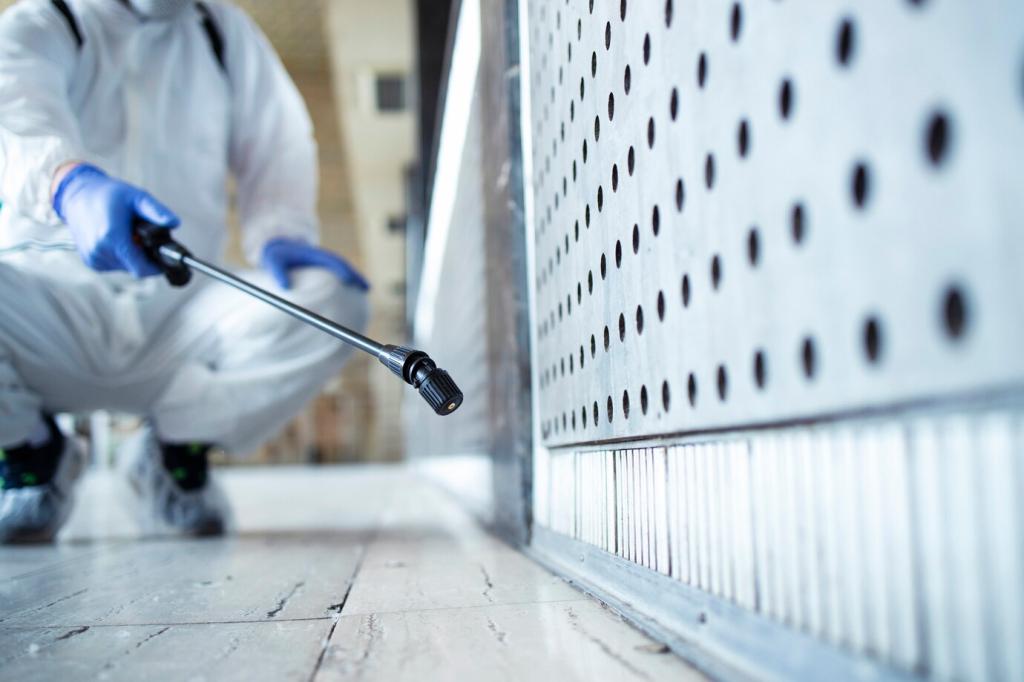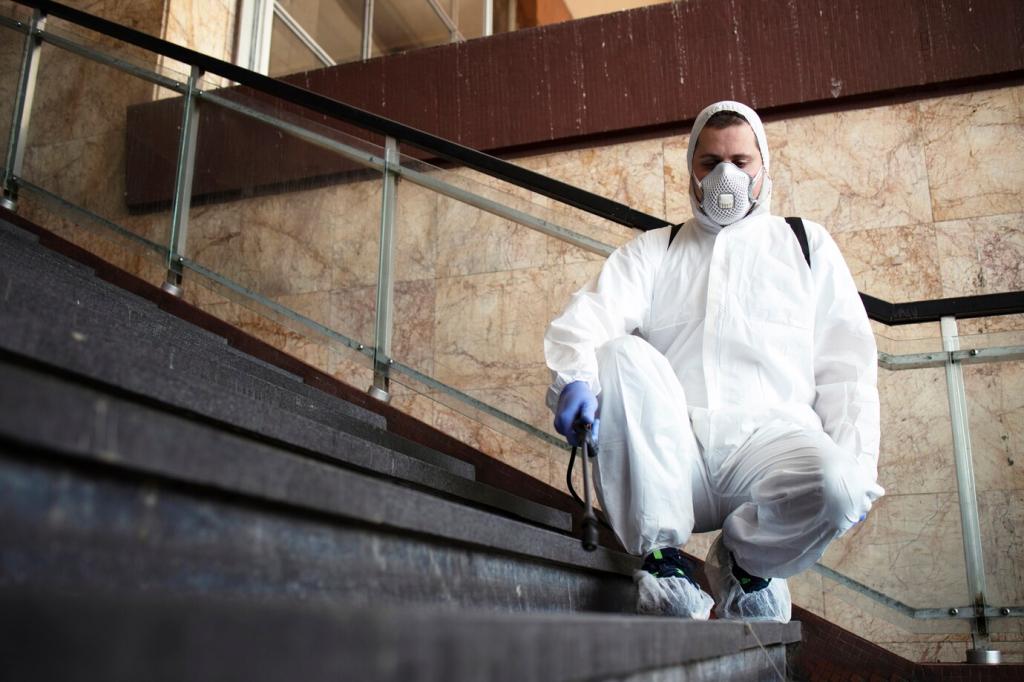Home Inspection Techniques That Work
Place clean white paper beneath suspect areas, then gently move the furniture and wait a few days. New frass stands out clearly on white. Photograph the results and share your before-and-after images to help others compare outcomes.
Home Inspection Techniques That Work
Use a thin awl or toothpick to gently probe discreet areas. Soft, crumbly wood may indicate internal galleries. Avoid aggressive poking that causes damage. If you try this, report your findings and how you protected visible surfaces during testing.




